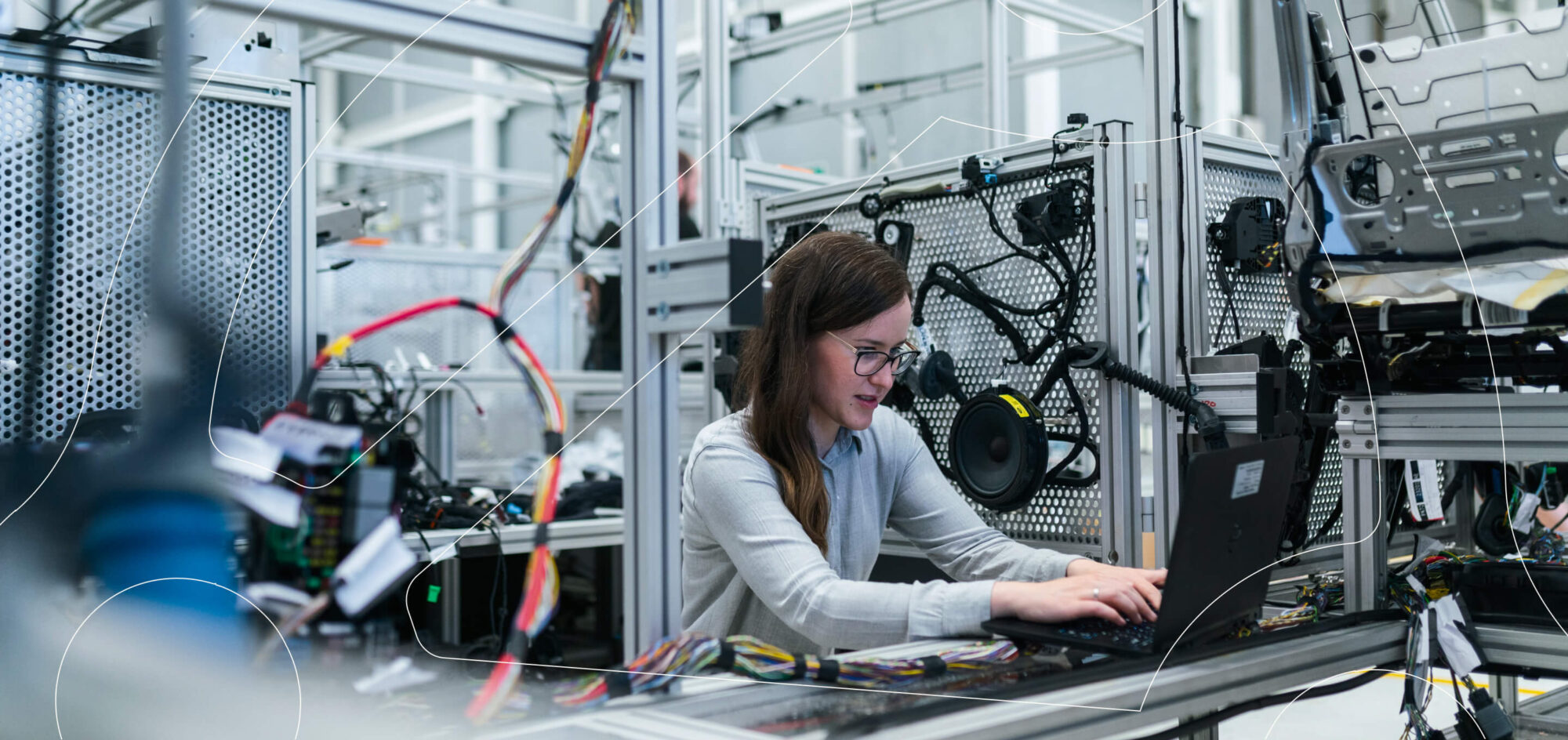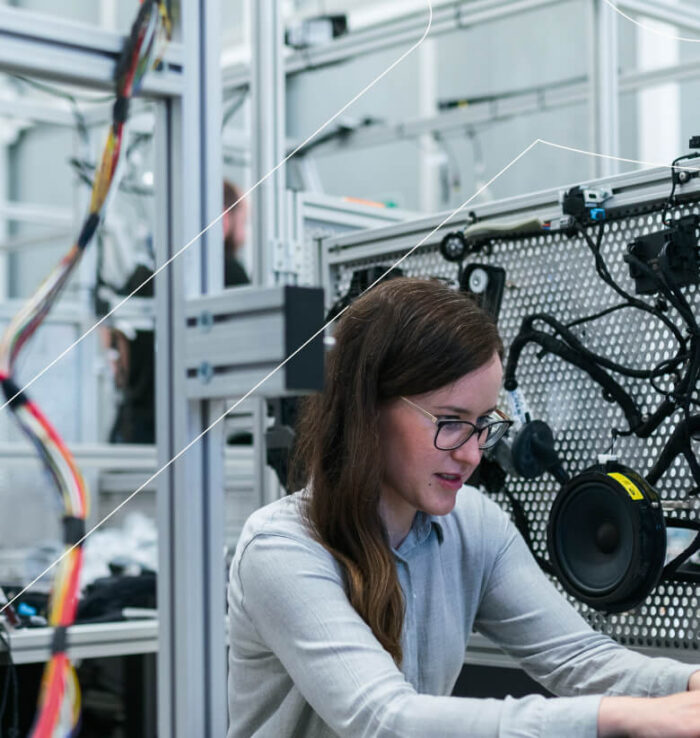Working in technical AI Safety
This guide provides our advice for pursuing a career in technical AI safety and alignment.
Note, there are many pathways into having an impact on AI Safety. We encourage you to think about other opportunities that aren’t on this list – many of which will not be directly focused on AI Safety – that could help you contribute to AI Safety in the long-run. (And note that we are still in the process of adding more opportunities to this list).
We think many of these opportunities will benefit from knowledge of the field equivalent to our AI safety fundamentals programme curriculum, but encourage you to apply regardless of whether you’ve had the chance to do the course or not.
We also recommend and take inspiration from 80,000 Hours’ jobs board. Check that out for a wider range of opportunities.
If you’d like to suggest any opportunities you think we’ve missed, let us know. We’d be happy to consider it, though note we have a selective criteria for what we choose to display.
The opportunities board is a new feature. Please give us your feedback here if you have thoughts on how it could be improved or serve you better.
Sign up to our newsletter to be notified when new opportunities are added.

